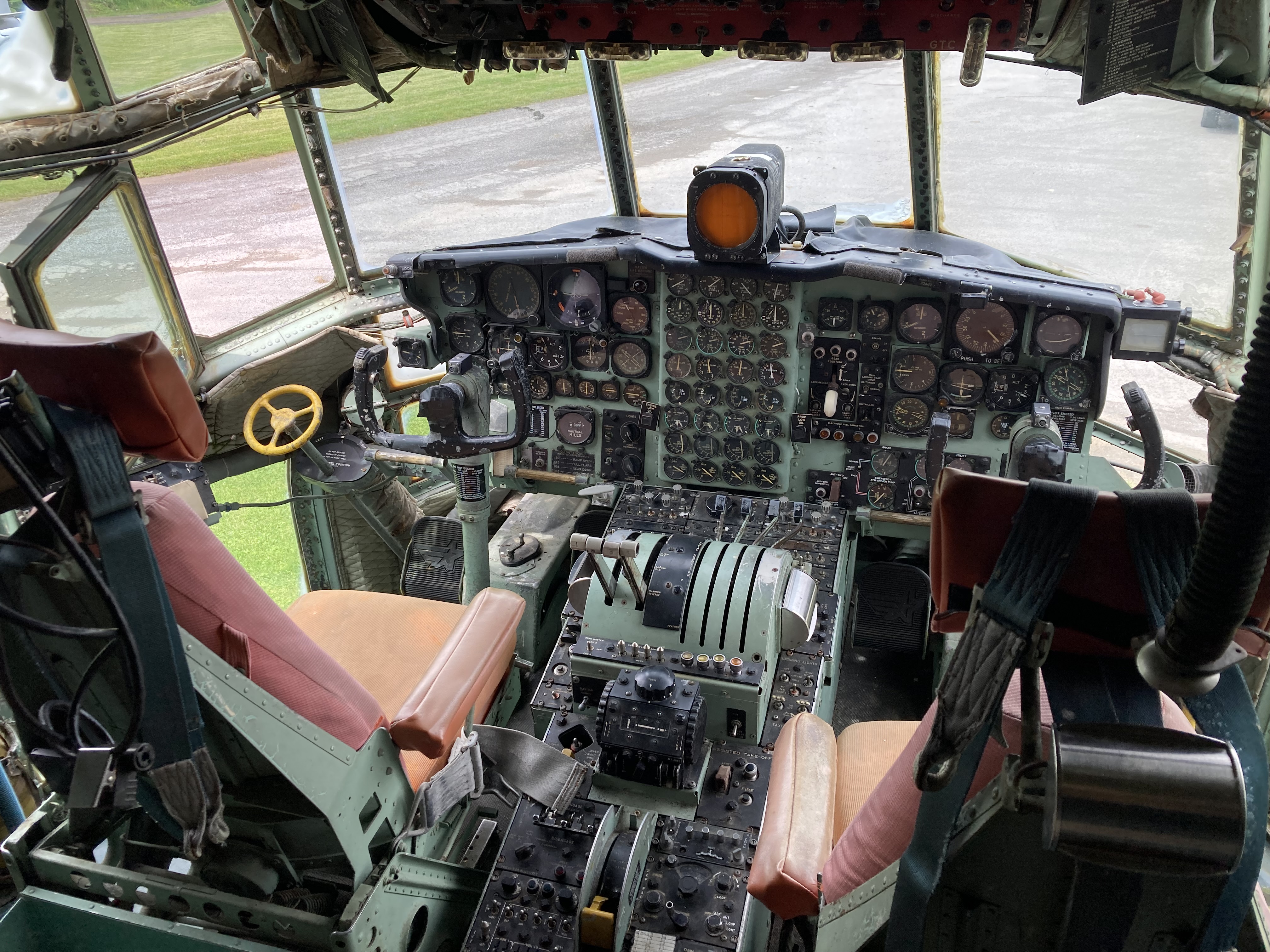
C-130A
C-130A Hercules
"Saigon Lady"

"Saigon Lady"
National Warplane Museum
The Lockheed C-130 Hercules is one of the most versatile and enduring military transport aircraft in history. First introduced in the 1950s, the C-130 has served with militaries around the world for decades, performing a vast range of missions including cargo transport, troop deployment, humanitarian relief, and special operations.
Developed during the early Cold War, the C-130 introduced capabilities that revolutionized tactical airlift. Its four powerful turboprop engines, high-wing design, and rugged landing gear allowed it to operate from short, unimproved airstrips in remote and hostile environments. The early C-130A variant laid the foundation for what would become one of the longest-running production aircraft lines in aviation history, with numerous specialized variants developed over subsequent decades.
The C-130 has served in nearly every major conflict since its introduction, providing logistical support, airborne assault, disaster relief, search and rescue, and tactical airlift capabilities for militaries and humanitarian missions worldwide. Its unmatched reliability and adaptability have made it a true workhorse across countless missions and theaters of operation.
Lockheed C-130A Hercules 'Saigon Lady' (Manufacturer’s No. 3167 / Military No. 57-0460)
Built in 1957 as one of the earliest production C-130A models, this Hercules carries an especially dramatic and historically significant story. Known as ‘Saigon Lady,’ this aircraft was originally delivered to the U.S. Air Force before eventually being transferred to the South Vietnamese Air Force (VNAF).
In April 1975, as North Vietnamese forces closed in on Saigon during the final days of the Vietnam War, VNAF pilot Major Pham Quang Khiem made a daring escape. With his wife, children, friends, and fellow South Vietnamese personnel aboard, he took off under threat of enemy fire and successfully flew the heavily loaded Hercules to safety, ultimately landing in Singapore. The aircraft was eventually returned to U.S. custody and preserved.
The aircraft became part of the Smithsonian National Air & Space Museum collection, where it remained in storage for years. In 2018, the C-130 was transferred to the National Warplane Museum and transported in sections to Geneseo. Since its arrival, Museum volunteers have been working diligently to restore the aircraft to its 1975 Vietnam War configuration, complete with its original VNAF markings — preserving both the technological and deeply personal human history tied to this aircraft’s dramatic final mission.
Today, the ‘Saigon Lady’ stands as one of the only Vietnam-era C-130s preserved in this historically significant configuration, providing visitors with a powerful connection to the closing chapter of the Vietnam War and one family’s remarkable escape to freedom. Each year, Major Khiem Pham returns to visit Saigon Lady on the anniversary of his daring flight, joined by his entire family, honoring the sacrifices made by so many brave men and women during the Vietnam War.
For the full story of Saigon Lady's ongoing restoration, visit:
"Saigon Lady"
Vietnam War Cargo/Transport
Donated by Smithsonian
Method: Donated
Airpark
Other aircrafts in our collection


